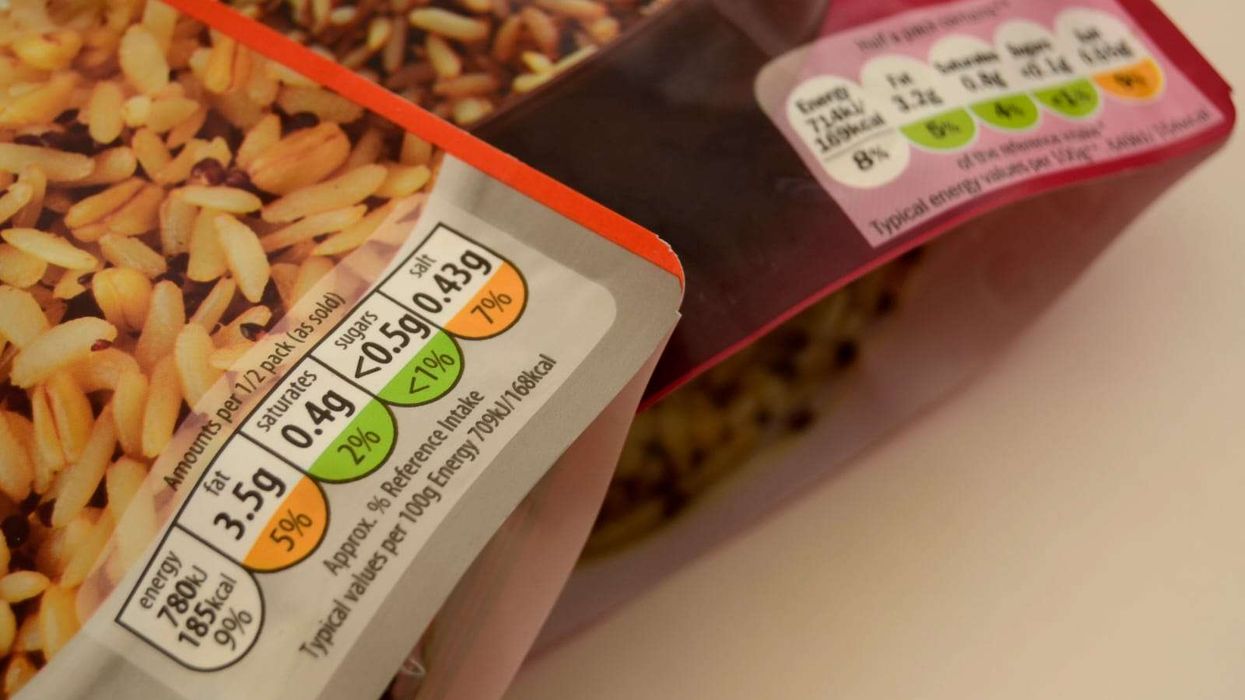THE MODEL-ACTRESS ON HER LIFE-LONG FASHION CONNECTION
by ASJAD NAZIR
STRIKINGLY beautiful model turned actress Mugdha Godse has always had a strong connection to style.
She has been seen in stunning outfits since the very beginning of her career and made her big screen debut with award-winning film Fashion. That connection to fashion and looking fabulous has been a constant in the career of the multi-talented Indian star.
Eastern Eye caught up with Mugdha Godse to discuss her life in fashion and cool connection to clothes.
What is your earliest memory of fashion and clothes?
I have always felt that once you are ready, when you look at yourself in the mirror and like everything you are seeing, that’s called fashion sense. As a child and then as a teenager, I used to love certain kind of outfits. Once I found those outfits I remember wearing them over and over again. I refused to wear other ones, as I knew they looked good on me. Since then, I just decided to be fashionable in my own way.
What was the first memorable outfit you had as a youngster?
(Smiles) I remember having these yellow shorts I used to wear and then pairing it up with light colours. I also remember having this cute black dress, which made my waist look tiny and I just adored that.
Who was your fashion inspiration growing up?
There was no one in particular I was inspired by, but I used to read many fashion magazines and was aware of all the latest trends. I just believed in being individual and wearing what made me feel good.
Tell us a memory growing up that is connected to fashion?
As a teenager, I watched the Femina Miss India 1994 (beauty pageant), where Sushmita Sen and Aishwarya Rai took part. That impacted me a lot and I knew I wanted do the same one day.
You started your career as a successful model. How did you feel walking down a runway for a fashion show for the first time?
(Laughs) It was a very scary moment and I was all nerves, but I powered through that and ended up really enjoying it because once on the ramp, you can’t see anything because of the lights. So it wasn’t as bad or scary as I thought it might be. I have really enjoyed all the fashion shows I have done and am thankful to all the designers I’ve worked with.
Tell us about a memorable moment in modelling connected to an outfit?
There are so many moments, as I got to wear some great outfits. I remember in my initial modelling days, when I walked for a Wendell Rodricks fashion show and then he gifted me that dress because it looked super on me. I loved his clothes and him as a person.
Who are the fashion designers that you admire the most?
I have been fortunate to work with some great creative minds and I have admired many more growing up. If I had to choose, then I really like JJ Valaya, Neeta Lulla, Rajat Tangri, Amit Agarwal and Wendell Rodricks.
What was it like making your acting debut in Fashion?
It was the perfect debut for a supermodel. It was a well-made film with many shades and captured different elements of the fashion/modelling world. I got to wear some great outfits in that film, which was an added bonus.
What would you say is your favourite red carpet look?
My favourite look for a red carpet is a nice shiny big gown without a trail, and teamed up with some good earrings.
What is the secret of a winning red carpet look?
Just go for gold and enjoy yourself. Whatever you are wearing, just wear it with confidence and a big smile.
Which fashion icon do you admire?
I really like Anushka Sharma’s style statements. They are always very classy, yet comfortable.
How would you describe your fashion in everyday life?
Simple, yet ready to wear and comfortable! I wear mostly Lululemon clothing for daily wear.
Your favourite fashion accessory...
A nice big statement neck-piece or a choker can complete any look I feel.
Who is the most stylish person you know?
(Smiles) My husband Rahul (Dev) manages to be stylish in his simple gym wear also.
What top style tip would you give?
Just go with the flow and be comfortable with what you are wearing. Just wear what makes you feel happy and comfortable.
Do you prefer wearing western or traditional Indian outfits?
I love wearing a sari. I would always choose Indo-western wear over western. It always feels super comfortable, yet desi and looks great.
Why do you love fashion?
Firstly, it’s the name of my first film and secondly, it depicts every women’s persona.
Instagram: @mugdhagodse











